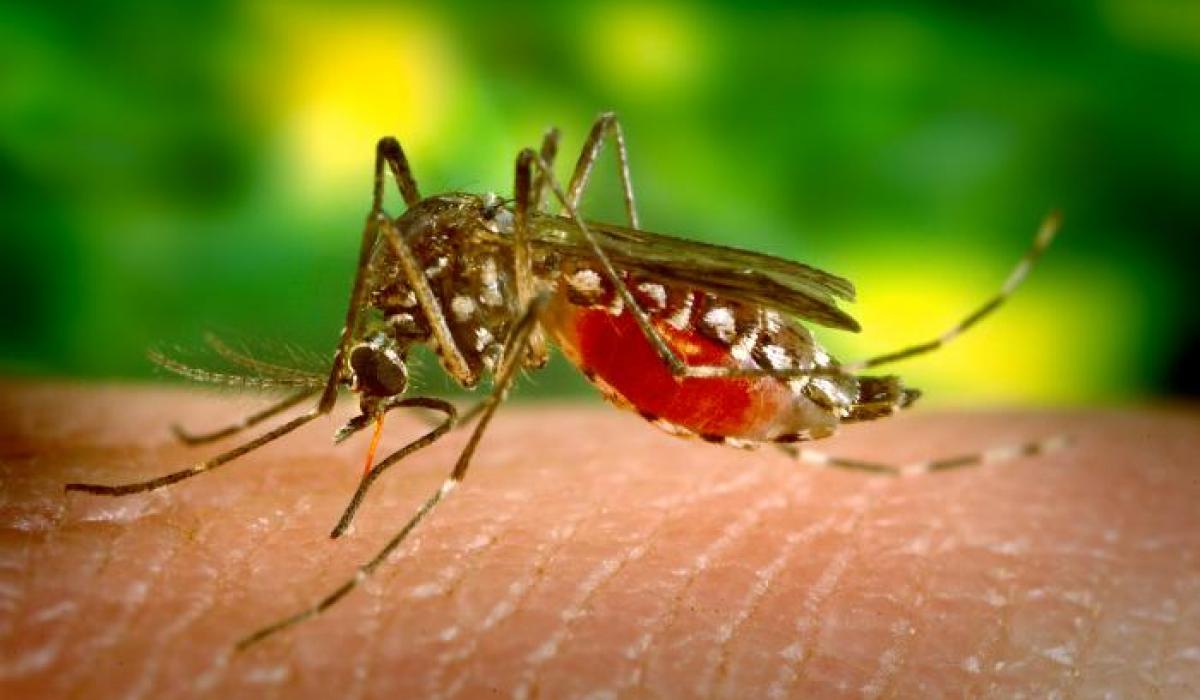
Image 1. Anopheles mosquito image.
1)
What
was the research project?
This
project
was looking at the genus Anopheles,
which is the only genus of mosquitos that can transmit malaria, and
trying to map the genomic material of each species within the genus to
find which variations within the genome allow for conditions suited
for malaria
transmission and which variations do not so that future experiments
can dive further into this to try to combat malaria and other
diseases.
2)
Were
they testing a hypothesis or doing discovery science?
The
project
was discovery science. They had sequenced the genomes for 16 different
species of mosquito taken from areas of the world where malaria is
prevalent. In addition to sequencing the genomes they also used RNA
sequencing transcriptomes in order to find out which genes were
actually being expressed. This project was simply trying to provide 16
reference genomes for future experiments to gain further insight on a
very surface level understanding into what allows for a mosquito
species to be more fit to transmit malaria over others.

3)
What genomic technology was used in the project?
The project began with sequencing “genomic DNA and whole-body RNA” (Neafsey, et al, 2015) that were obtained from both “laboratory colonies and wild-caught specimens” (Neafsey, et al, 2015) using Illumina sequencing. They then used genome annotation and RNA sequencing of transcriptomes to get a complete picture of protein-encoding genes for each species of mosquito. The Anopheles genus has a closest relative with the genus Drosphila so they first looked at the chromosomes and where on the chromosomes is there frequent recombination within each species and then used this information to determine which sequences were ancestral and which were species specific. They found that the X chromosome had the highest rates of rearrangement. After obtaining this information they looked at which genes and chromosomes encode which traits that are seen to be important for a mosquito’s ability to transmit malaria through the use of both genomic analysis and RNA sequencing of transcriptomes.


5) What is your evaluation of the project?
The project as a whole I think will be very useful for future genomic analysis of Anopheles and how it might affect future prevention of malaria within high-risk countries.
One issue I had with the paper was with Figure 3. There were assumptions made on which traits contribute to vectorial capacity of a species but there was not a lot of discussion on how they chose which traits to focus on. Neafsey et al explained in a lot of detail a good number of the traits that are used to determine vectorial capacity and does an excellent job throughout the discussion on explaining the reasoning behind looking at each trait. I do, however, think that it would have been helpful if there was some explanation on why certain traits were not selected as criteria or if maybe some traits did not show any correlation to vectorial capacity that were not included in this paper.
REFERENCES:
Anopheles.
Digital image. Scientists Against Malaria. Web.
Daniel E. Neafsey1,*,†, Robert M.
Waterhouse2,3,4,5,*, Mohammad R. Abai6, Sergey S. Aganezov7, Max A.
Alekseyev7, James E. Allen8, James Amon9, Bruno Arcà10, Peter
Arensburger11, Gleb Artemov12, Lauren A. Assour13, Hamidreza Basseri6,
Aaron Berlin1, Bruce, Daniel E. Neafsey, Robert M. Waterhouse,
Mohammad R. Abai, Sergey S. Aganezov, Max A. Alekseyev, James E.
Allen, James Amon, Bruno Arcà, Peter Arensburger, Gleb Artemov, Lauren
A. Assour, Hamidreza Basseri, Aaron Berlin, Bruce W. Birren, Stephanie
A. Blan, and Science02 Jan 2015. "Highly
Evolvable Malaria Vectors: The Genomes of 16 Anopheles Mosquitoes."
Highly Evolvable Malaria Vectors: The Genomes of 16 Anopheles
Mosquitoes | Science. Web. 06 Feb. 2017.
Email Questions or Comments: sthautamaa@davidson.edu
© Copyright 2017 Department of Biology,
Davidson College, Davidson, NC 28035